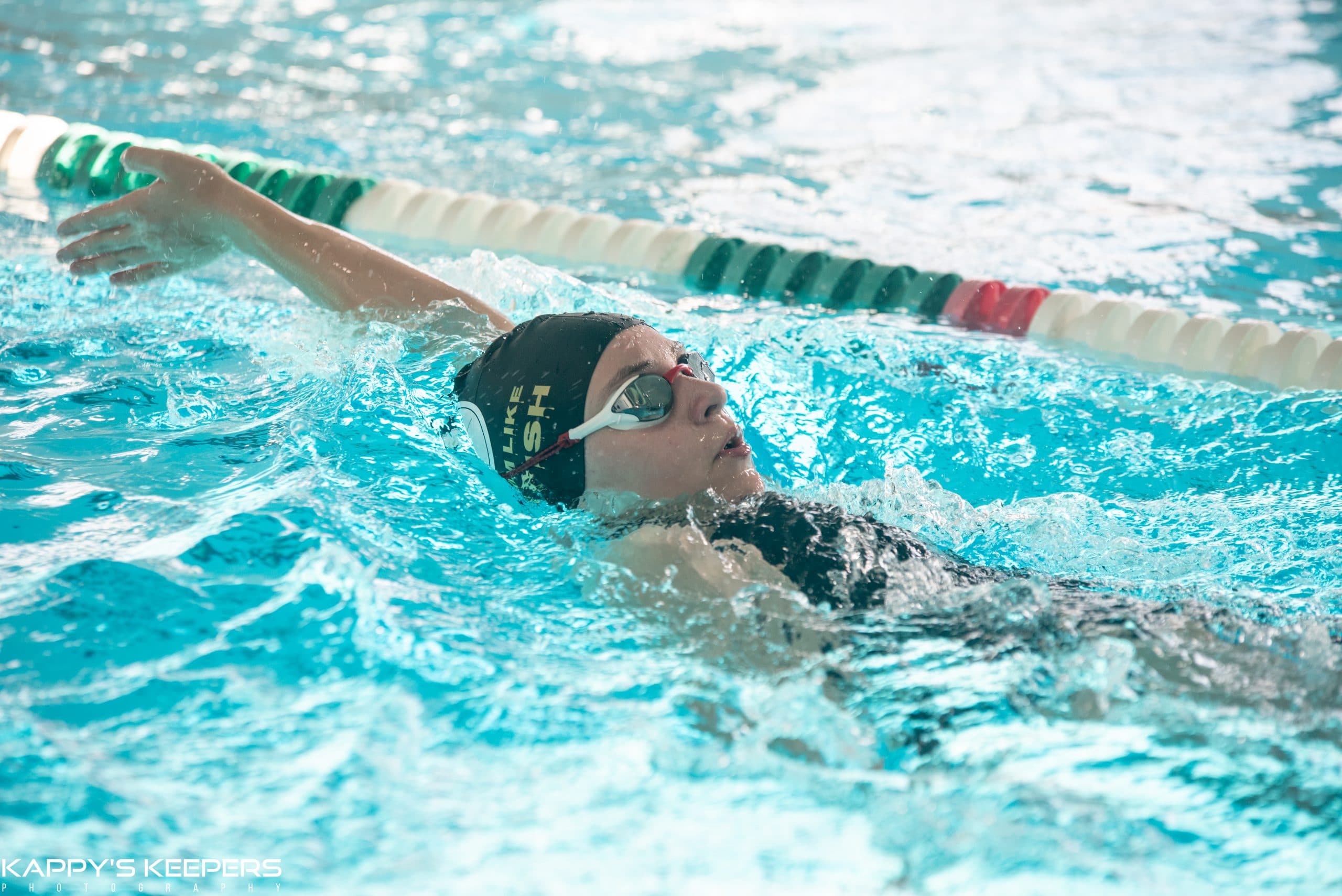Imagine floating effortlessly in a big body of water, conserving energy, and navigating in any direction. Treading water’s force. Treading Water is the unsung hero of water safety and endurance.

Treading water requires utilizing your limbs to stay vertical and regulate your movement. It’s useful in synchronized swimming, water polo, long-distance swimming, and even life-saving circumstances.
Treading water is easy and versatile. The ‘Eggbeater Kick’, called for its leg movement like an eggbeater, is the most popular treading water technique. Before learning skills, we must grasp buoyancy, balance, and breathing.
Floating is buoyancy. Understanding that humans are buoyant can help you tread water. Maintaining a vertical position with the head above the water takes use of our buoyancy.
Treading water upright requires balance. It requires limb coordination to maintain balance. Balance distributes your efforts and prevents fatigue.
Swimming requires breathing. Breathe slowly and rhythmically as your mouth and nostrils are above water. To avoid panic, breathe deeply through your nose and fully through your mouth.
Start with the Eggbeater Kick, which keeps you aloft. The round action of each leg resembles an old-fashioned manual eggbeater, hence its name. The legs alternate clockwise and counterclockwise. Water polo and synchronized swimming use the energy-efficient Eggbeater Kick.
The Scissor Kick works well for novices. The legs move like scissors, hence the name. It’s easier to learn and perform than the Eggbeater Kick, but it’s less energy-efficient.
Treading water requires arm mobility. Most people sweep their arms horizontally like bird wings. The hands should press on the water to lift and stabilize.
Mastering these strategies takes time and effort. Start gently to gain stamina and technique for treading water. Practice kicks and arm movements independently in shallow water before combining them. Once you feel comfortable, progress to deeper water, and challenge yourself to tread water for longer periods.
Remember, treading water is not a race. It’s about endurance, control, and the ability to stay afloat effectively and effortlessly. Whether you’re an experienced swimmer looking to enhance your skills or a beginner just getting your feet wet, treading water is an invaluable skill. It’s not just about staying afloat; it’s about embracing the water’s challenges, mastering your buoyancy, and discovering a new level of confidence in your swimming abilities. So plunge in, the water’s great! The journey to perfecting the art of treading water awaits you.



